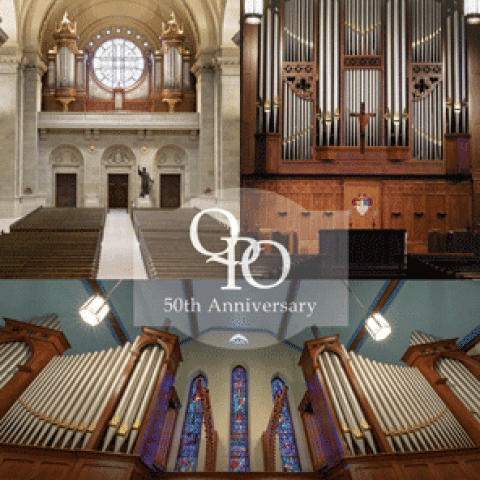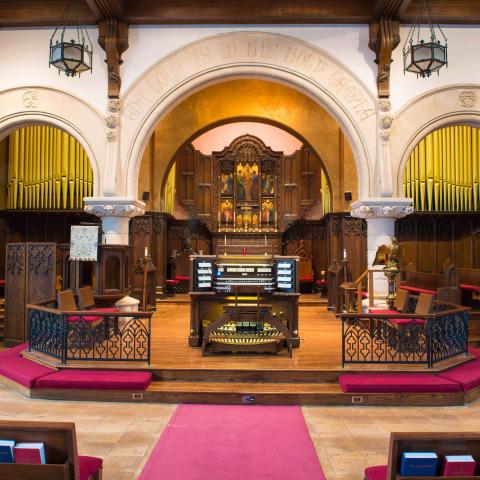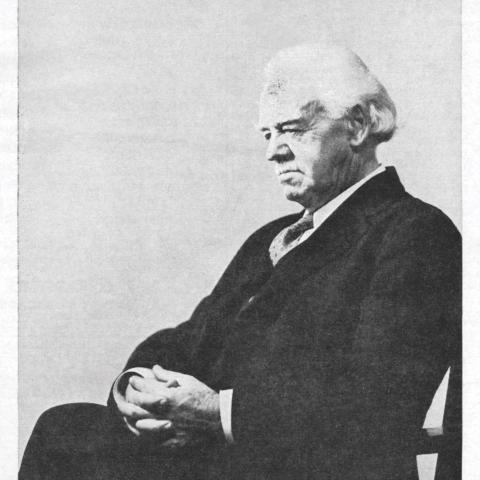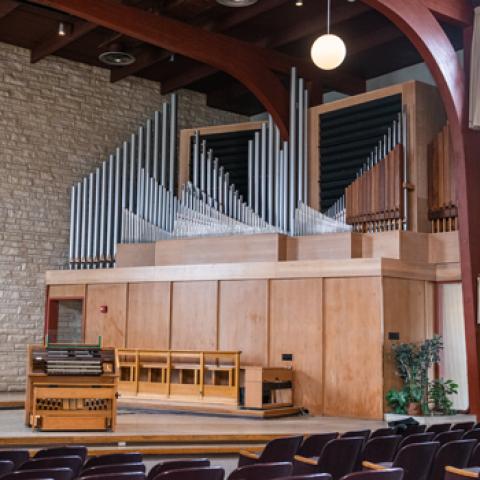Quimby Pipe Organs, Inc., is restoring the Skinner Organ Company Opus 323 organ at The Episcopal Church of the Messiah, Rhinebeck, New York. The organ comprises three manuals and 28 ranks. This video shows the process of the restoration in the Quimby shop; a slide show only, with no sound.
The pipe organ was built in 1920 and donated to the Church of the Messiah by Capt. Vincent Astor in 1921. The organ chamber contains three stories of pipes. The Skinner reputation was deservedly very high, and the company built organs for America’s finest churches and universities. This Skinner organ has all the essential elements: warm, rich foundation stops, accompaniment voices of great beauty (especially the Swell strings), and superb solo reeds (Tuba, English horn, and Flugelhorn).
A twenty-note tubular set of chimes, electrically operated from the console at both keys and pedals, was installed by the Skinner Company in July 1930, also a gift of Capt. Astor.
In 2019, Quimby Pipe Organs entered into a contract with The Episcopal Church of the Messiah to remove the existing instrument so that restoration work can commence to the existing church building. The pipe organ is undergoing a complete restoration, with completion in Spring 2021.
For information: https://quimbypipeorgans.com/
See also news of Quimby’s 50th anniversary: https://www.thediapason.com/news/quimby-pipe-organs-50th-anniversary
The company’s anniversary is celebrated as the cover feature of the February 2021 issue of The Diapason: https://www.thediapason.com/content/cover-feature-94







